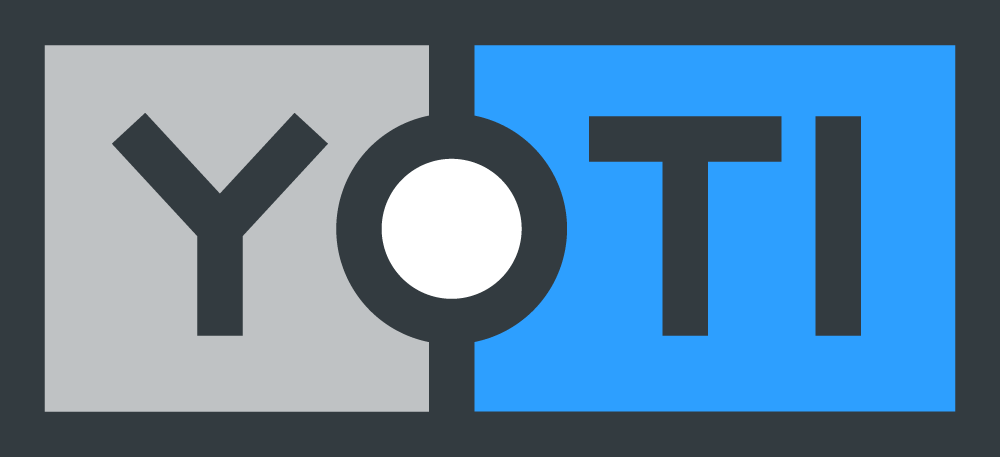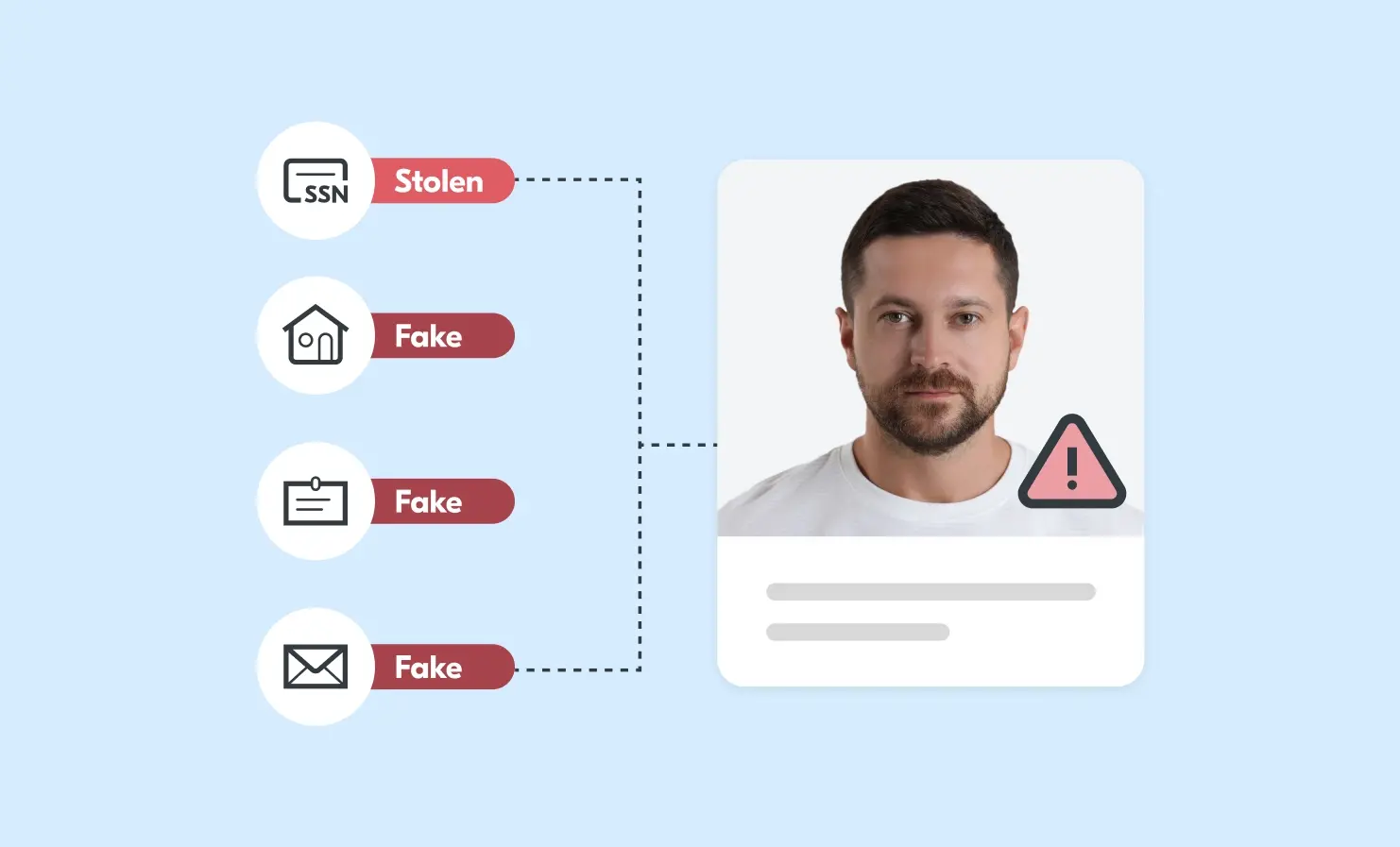
In 2014, the Improvement Service, the organisation for local government improvement in Scotland, launched myaccount, a single sign-on portal that gives citizens access to different online public sector services. The Improvement Service started working with Yoti as some public sector services require a higher level of identity assurance.
- Since launching, 50% of the eligible population (2.5 million people) are now using myaccount to make everyday admin tasks easier, quicker and more secure.
- Over one million National Entitlement Card (NEC) applications have been submitted online, with Yoti verifying the identity of every applicant.
- The time for someone to receive their NEC used to take around 4-6 weeks. It now takes around 5 days.
Solution: Yoti Digital ID
Industry: Government



